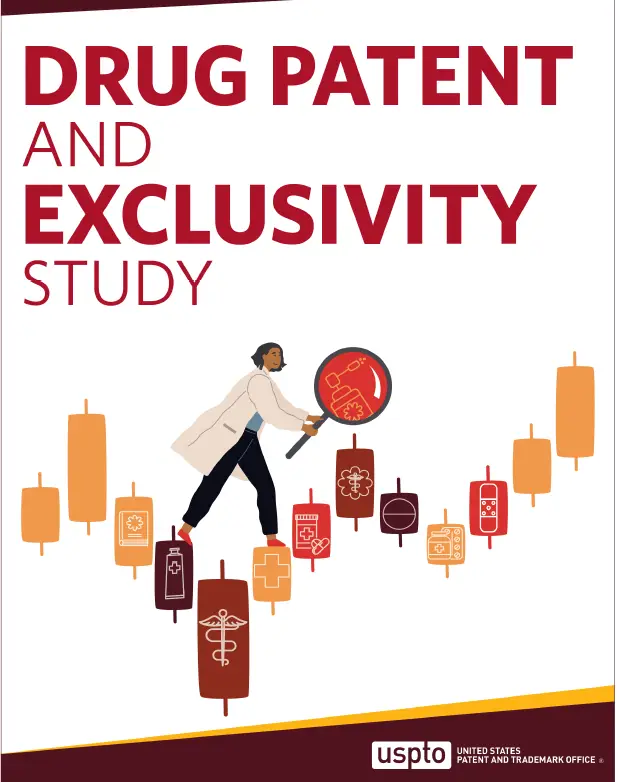
Author: Marcus Julius Zanon, June 26, 2024.
Abstract: In the rapidly evolving pharmaceutical industry, effective management of intellectual property (IP) and the strategic transfer of technology are pivotal for fostering innovation and ensuring market competitiveness. This article explores the intersection of IP management and technology transfer within the pharmaceutical sector, drawing insights from two pivotal studies: Marcus Julius Zanon’s analysis on technology transfer risks in healthcare Productive Development Partnerships (PDPs) and the US Patent and Trademark Office’s (USPTO) examination of drug patents and exclusivity. (in the attached file)
Introduction: The pharmaceutical industry stands at the forefront of technological innovation, driven by intense research and development (R&D) and protected by robust IP rights. Effective IP management not only secures proprietary knowledge but also facilitates the economic and strategic deployment of new technologies. Conversely, technology transfer involves the dissemination of this technology from one entity to another, presenting both opportunities and challenges, especially in highly regulated sectors like pharmaceuticals.
Technology Transfer Risks in Healthcare: Marcus Julius Zanon’s thesis provides a critical exploration of technology transfer risks within Brazil’s healthcare sector, particularly in the context of PDPs. These partnerships, which aim to stimulate local production of pharmaceuticals and reduce dependency on imports, underscore the delicate balance of sharing knowledge while safeguarding IP rights. Zanon identifies several risks associated with these transfers, including regulatory compliance, intellectual property disputes, and technological mismatches between partners. His study highlights the necessity of developing robust frameworks to mitigate these risks, ensuring that technology transfer leads to sustainable industrial and health benefits.
USPTO Drug Patent and Exclusivity Study: Parallel to Zanon’s focus on technology transfer, the USPTO report delves into the complexities of drug patents and exclusivity periods in the United States. This report outlines how patents and exclusivities serve as critical tools for pharmaceutical companies to recoup R&D investments. However, it also addresses the challenges these protections pose to market entry, particularly for generic and biosimilar drugs. The analysis emphasizes the need for a balanced approach that protects innovations while fostering a competitive market to enhance drug accessibility and affordability.
Intersection and Implications: The convergence of these studies highlights several key areas for policy and strategy development in the pharmaceutical sector:
Conclusion: The integration of intellectual property management with technology transfer processes is vital for advancing pharmaceutical innovation and ensuring the delivery of effective healthcare solutions. By learning from comprehensive studies such as those conducted by Marcus Julius Zanon and the USPTO, industry stakeholders can better navigate the complex landscape of IP rights and technology transfer, ultimately leading to enhanced innovation, market competition, and public health outcomes.
This article encourages further research and discussion on refining IP strategies and technology transfer mechanisms to align with the broader goals of public health and economic development within the pharmaceutical industry.USPTO_Drug_Patent_and_Exclusivity_Study_Report